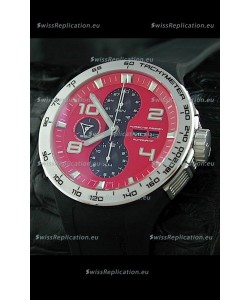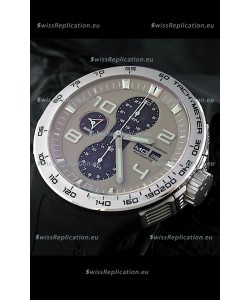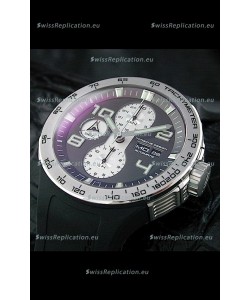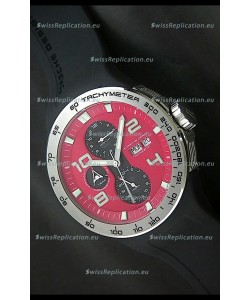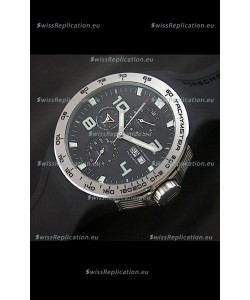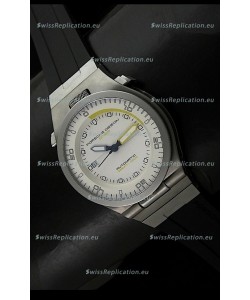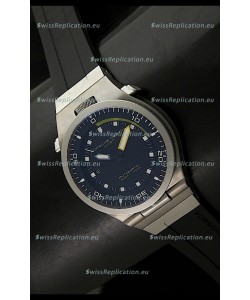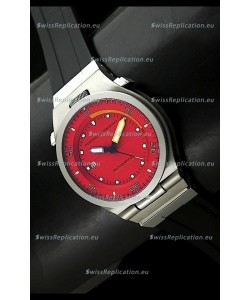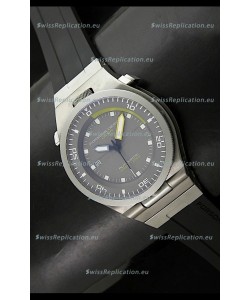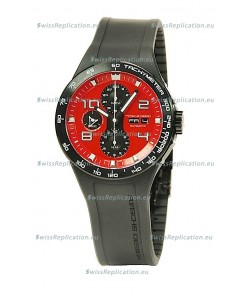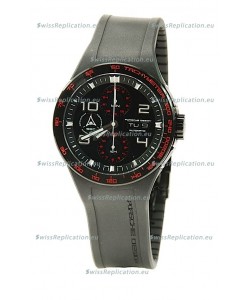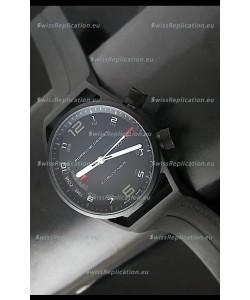Shopping Cart - 0 Item
You have no items in your shopping cart.
Porsche Design
Very good style and design simplifies. This opinion guides the project of Ferdinand Alexander Porsche, who developed a few victorious brands for his family's famous auto business well before opening up the Porsche Design Studio. The firm debuted in 1972 which includes a chronograph that gave rise to a growing range of user-friendly variations that marry form and function in cutting-edge watches. Among the most important is the indicator from Porsche Design, a timepiece whose unfussy operation belies the intricacy of its advanced movement, a chronograph that ensures superior readability that has a jumping digital display along with large luminous numerals and open-worked hands.
The Porsche Design Indicator P'6910 is wrapped inside of a titanium, PVD-coated titanium or rose-gold case, the latter fitted with a PVD-coated titanium bezel and case-rear. At least one factor to the Porsche Design Studio's achievement is being able to draw inspiration from both emotion and reason to build timepieces that balance tradition with invention. An apt example of this fine alchemy is the P'6920 Rattrapante, a watch that contrasts modern-day case creation that has a classic complication. The 45mm case is made of titanium, a metal prized for its lightness, durability and resistance to corrosion. The Porsche Design Studio applies an appealing black layer to the metal by making use of PVD technology, a vacuum-based method that results in a uniform layer of metal nitride condensation


